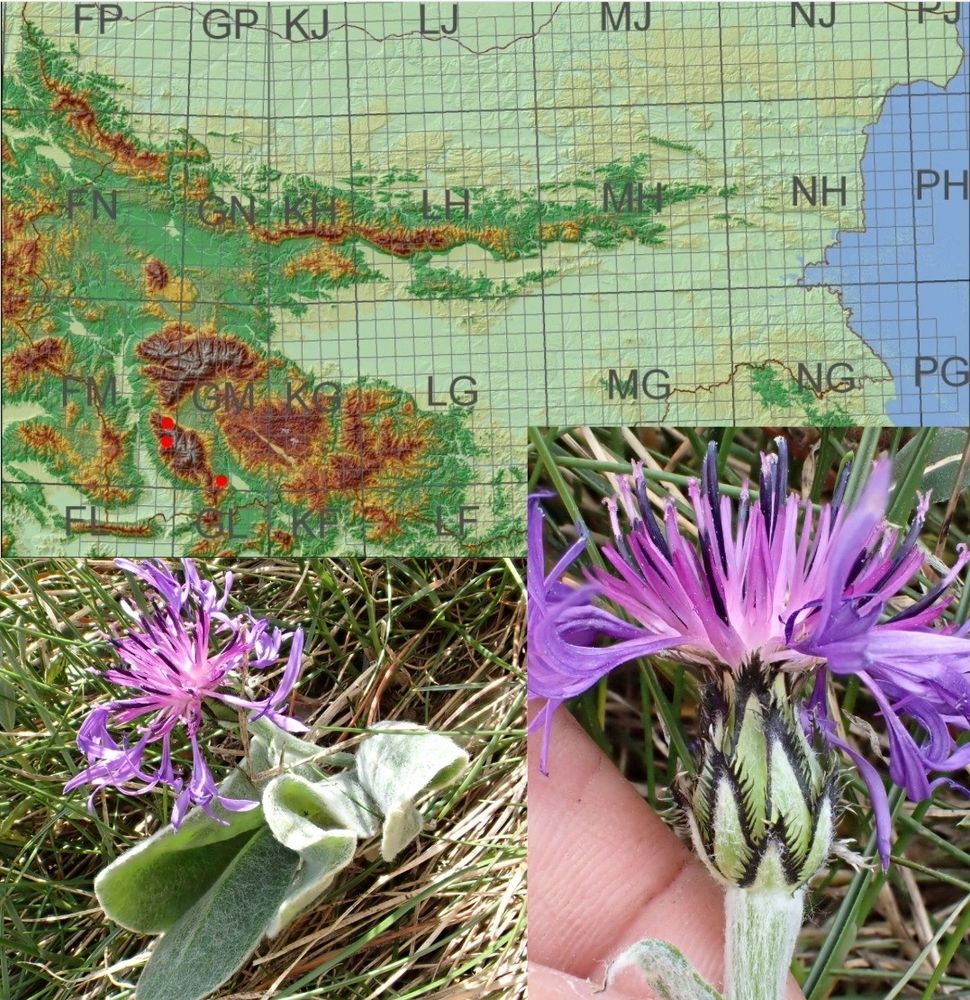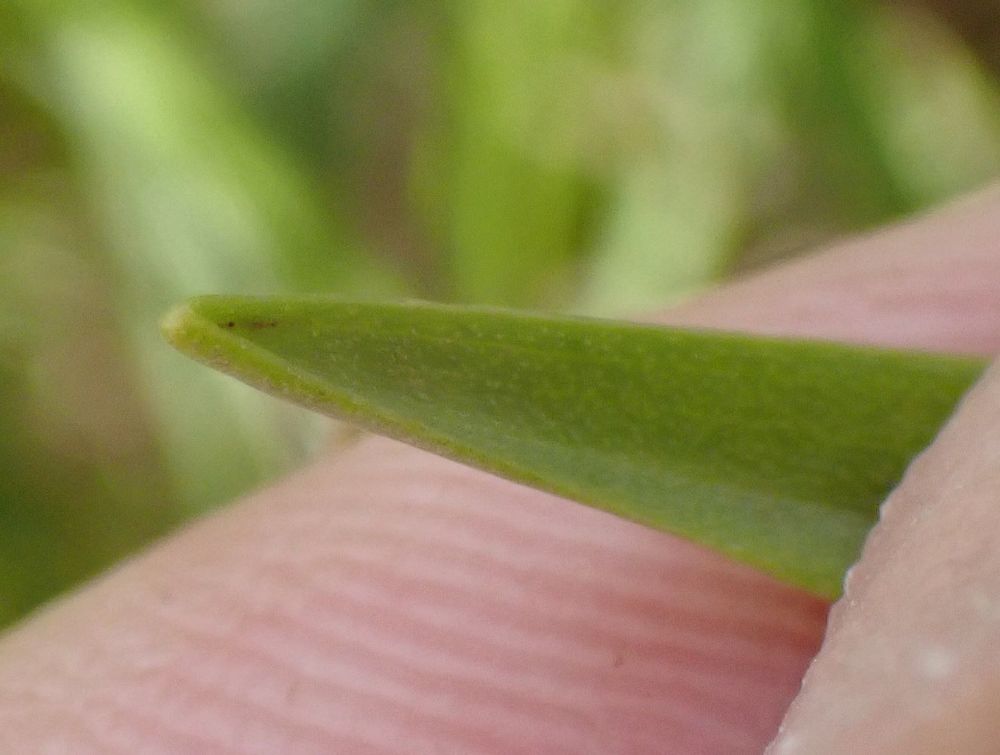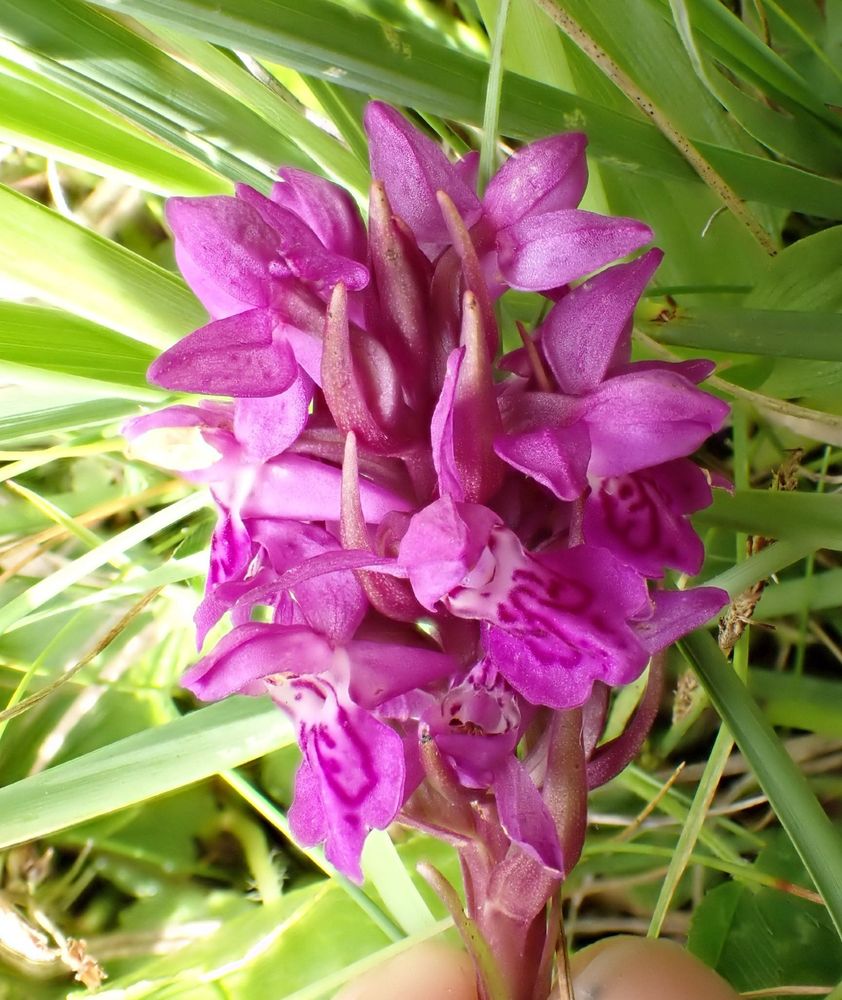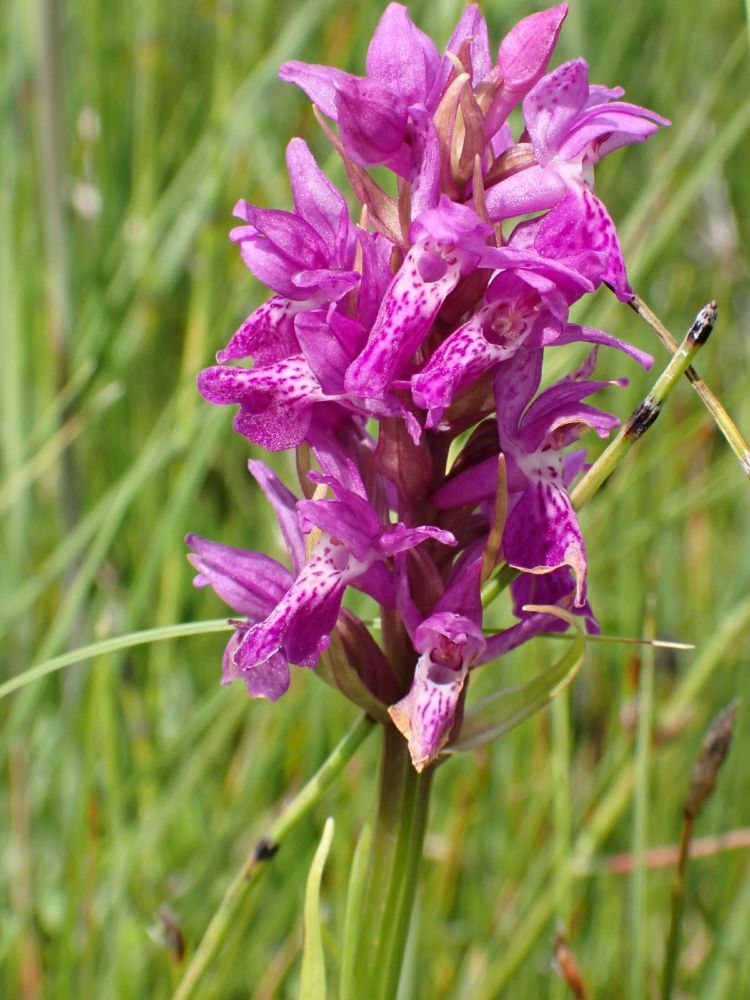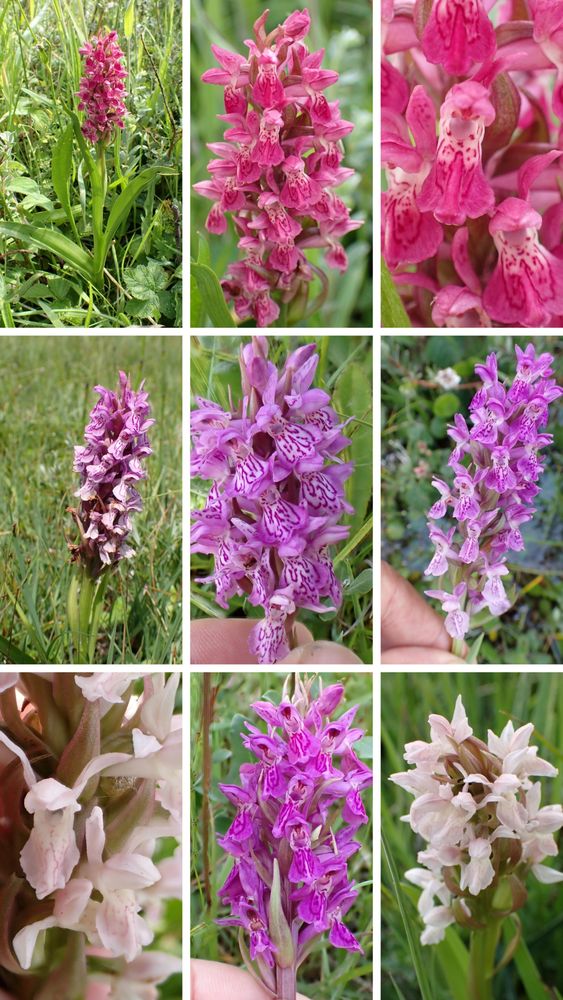David Gibbs
@davidjgibbs.bsky.social
190 followers
110 following
64 posts
General naturalist, survey entomologist specialising in Diptera and Hymenoptera. World birder but mainly doing plants and fungi at moment.
Posts
Media
Videos
Starter Packs
David Gibbs
@davidjgibbs.bsky.social
· Jun 23
David Gibbs
@davidjgibbs.bsky.social
· Jun 23
David Gibbs
@davidjgibbs.bsky.social
· Jun 23
David Gibbs
@davidjgibbs.bsky.social
· Jun 23
David Gibbs
@davidjgibbs.bsky.social
· Jun 23
David Gibbs
@davidjgibbs.bsky.social
· Jun 20
David Gibbs
@davidjgibbs.bsky.social
· Jun 19
David Gibbs
@davidjgibbs.bsky.social
· Jun 19
David Gibbs
@davidjgibbs.bsky.social
· Jun 19
David Gibbs
@davidjgibbs.bsky.social
· Jun 17
David Gibbs
@davidjgibbs.bsky.social
· Jun 16
David Gibbs
@davidjgibbs.bsky.social
· Jun 16
David Gibbs
@davidjgibbs.bsky.social
· Jun 16










